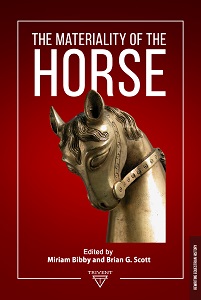Horse Burials among the Lombards and Avars
Horse Burials among the Lombards and Avars
Some Differences and Similarities between the Germanic and Nomadic Rituals
Author(s): Annamaria Fedele
Subject(s): History, Archaeology, Comparative history, Military history, Middle Ages, 6th to 12th Centuries
Published by: Trivent Publishing
Keywords: Horses; burials; Harnesses; Lombards; Avars; sacrifice; ‘mort d’accompagnament’.
Summary/Abstract: In Lombard cemeteries there are numerous burial pits containing horses, confirming that this animal was the sacrificial victim par excellence among Germanic and Nomadic cultures in the Early Middle Ages. The majority of horse burials found in Italy shows similar deposition methods to some discovered in the cemeteries of Central and Eastern Europe, which belong to both Lombards and other Germanic peoples. This permits tracing of the main characteristics of the Germanic funerary custom, and its differentiation from another ritual recognised in the Italian cemetery of Campochiaro (Southern Italy, Molise), where horses were buried in a manner similar to that observed among the Avars, a nomadic population who settled in the Carpathian Basin in the last decades of the 6th century AD. This paper describes the main archaeological discoveries in Italy, with the aim of clarifying the distinctions between the two cultural heritages identified there, and providing some explanations thereof.
Book: The Materiality of the Horse
- Page Range: 239-259
- Page Count: 21
- Publication Year: 2020
- Language: English
- Content File-PDF

